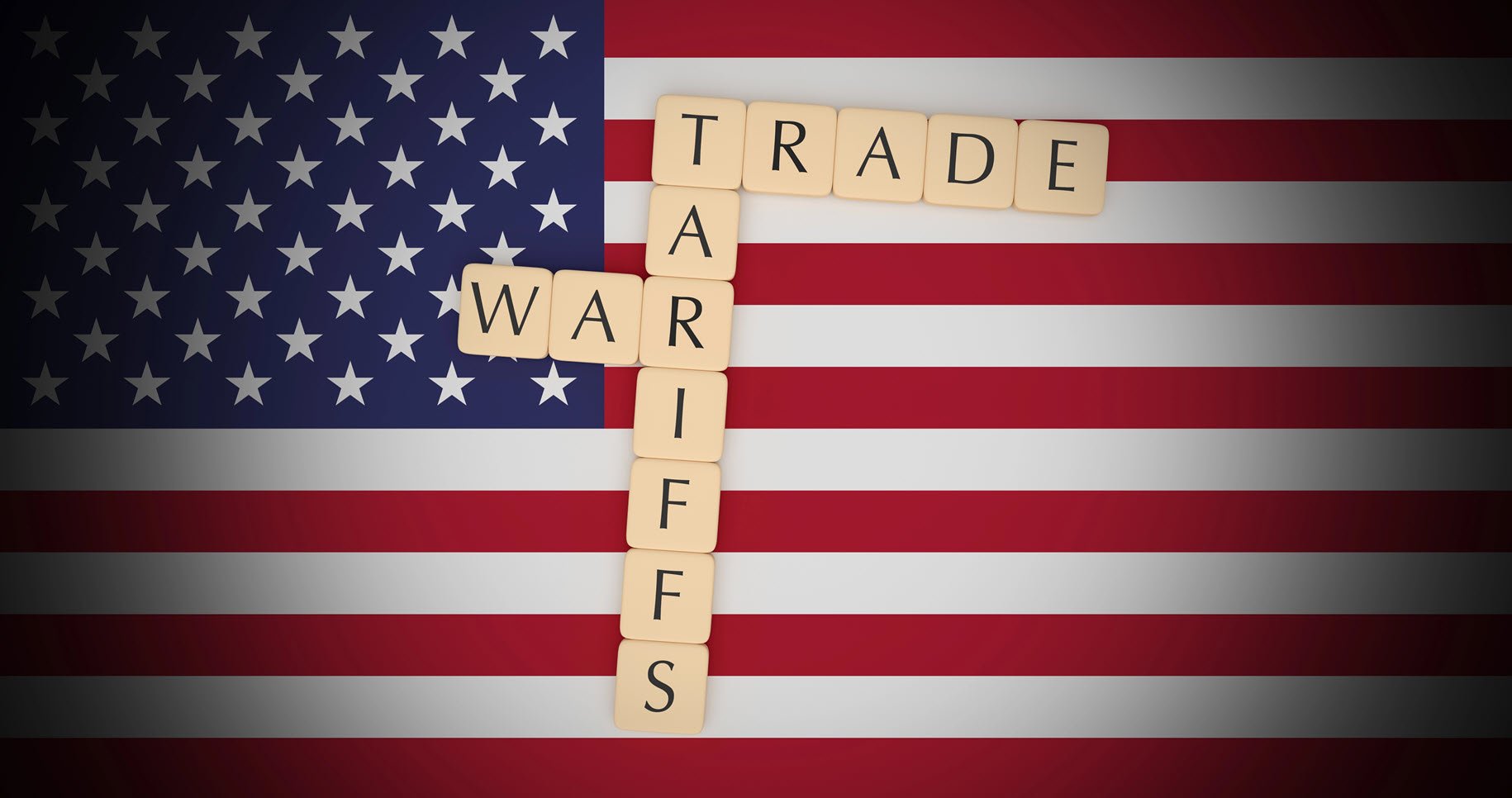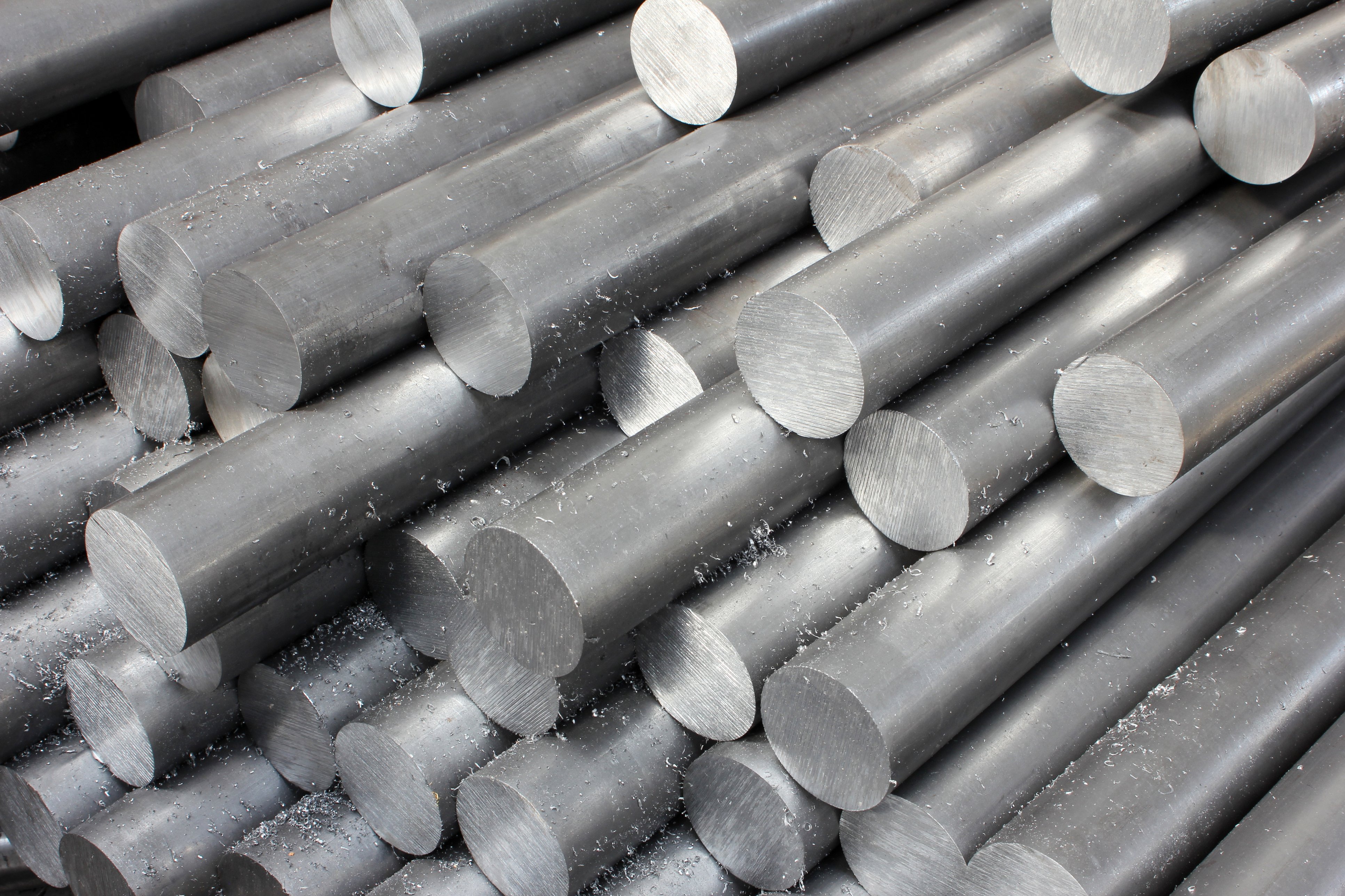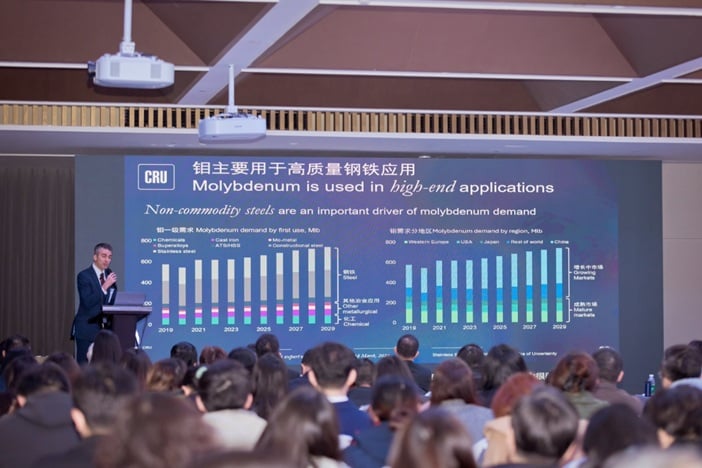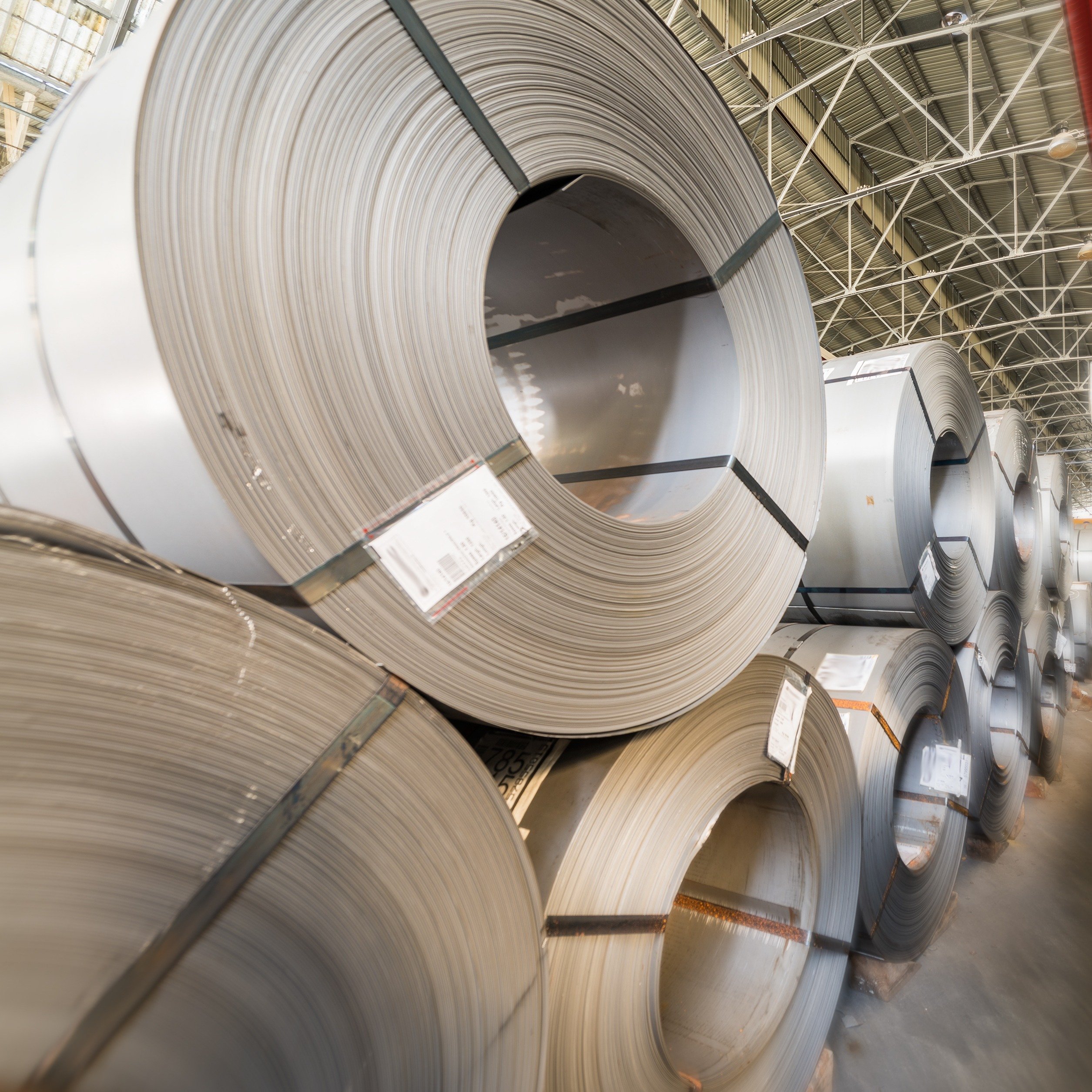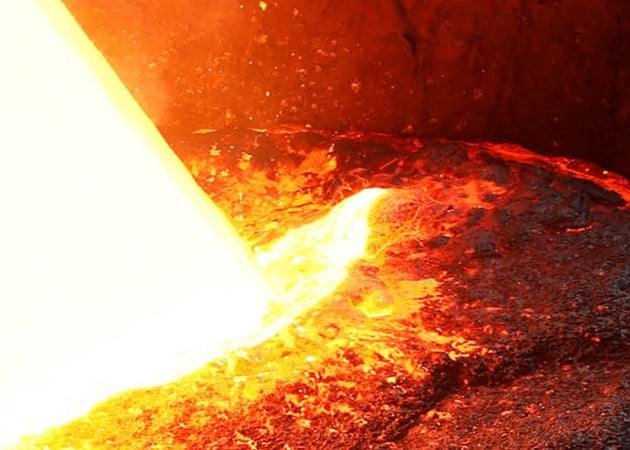A rising wave of trade protectionism, carried by Section 232 (S232) tariffs, is sweeping through North America. In a previous insight published on 4 February, we noted that blanket tariffs on Canada, Mexico and China would have minimal impact on US stainless steel supply due to these countries’ limited import share in stainless. However, the latest tide of tariffs announced by the White House completely upends that outlook, as they are set to reinstate S232 tariffs on all steel and aluminium starting 12 March, with no exemptions by country or company.
Downstream products will also fall within the scope of S232 tariffs, such as stainless steel sinks, shapes and sections, flanges and many more. A full list of the products impacted by the downstream expansion of S232 can be found on the US Federal Register website.
These developments open up a set of questions addressed in this insight. What source of supply is most affected by these tariffs? And what can we expect for prices? Finally, how could the reinstatement of complete s232 tariffs reshape the US stainless steel market in the longer term? The 2018 S232 steel tariffs offer some clues, but this time the stakes are higher.
S232 will impact most imports, but the US market will still need them
Europe is the region most at risk of being impacted by S232 tariffs. Collectively, European countries are by far the largest suppliers of stainless steel to the US, accounting for 40% of the 1Mt of stainless steel imports recorded in 2024. This figure includes both long and flat products, in finished and semi-finished form. Within Europe:
• Finland is the single largest country, predominantly shipping stainless steel semi-finished products;
• Followed by Italy, a large supplier of long products;
• Belgium is a major source of cut-to-length plate and coil plate.
Excluding long products and semis, Europe's import share in finished flat products is slightly lower, yet still accounts for a quarter of the total, a share that has declined over time as Asian suppliers have gained market share. The chart below highlights key regions and countries based on their relative importance as suppliers of stainless steel. The width of each region’s box represents the volume of shipments to the US in 2024, while the height highlights their competitiveness relative to the US domestic price.
Beyond the volume of European imports, what is immediately obvious is that their prices are among the closest to US domestic levels. A 25% tariff on European imports would quickly bring them above domestic alternatives, but this is not just the case for European imports.
Mexico would also suffer majorly from tariffs, though there is a chance the country will secure an exemption. If that was the case, cold-rolled product flows from Mexico to the US would continue, on the condition that steel processed or rolled in Mexico be “melted and poured” in the US.
The striking takeaway is that it would not be just the higher-cost suppliers to be priced out. At the far left of the chart above, some of the lowest-cost import suppliers – including Indonesia and Taiwan, China – would also be priced out at current US domestic prices. For some real market context, as of early February, offers of standard 304-grade CRC from Taiwan, China were around $2,900 /t FOB for delivery to the West Coast – nowhere near 25% below domestic prices.
An additional duty of 25%, if fully passed on to buyers, would push these offers well above domestic material – and yet, Taiwan, China is one of the cheapest import sources. That said, we also understand that some Taiwanese sellers remain keen to secure volumes and in some cases are making some offers on a Delivered-Duty-Paid (DDP) basis, shouldering the risk of any potential new tariffs.
The only possible direction for prices is up – possibly well up
A decline in import penetration will inevitably provide domestic mills with a stronger hand over pricing. The very short timeframe of implementation of these tariffs has left supply chains few options in the short term to mitigate rising import costs or adjust sourcing strategies. While uncertainty persists around potential exemptions, an immediate scramble for available supply could lengthen lead times. With end-user demand already starting to improve before the tariff announcement, anxious buyers are now very keen to secure material – and probably willing to pay a premium to do so.
This set of factors sets the stage for substantial base price increases in the coming months. Should the tariffs be fully enforced without significant country- or company-specific exemptions, imported steel prices will swiftly rise to reflect some or all of the 25% duty.
Will history repeat itself?
The past offers valuable insight into what may unfold this time around. There are striking parallels to the events of 2018, when the initial wave of S232 steel tariffs under the first Trump administration reshaped the market. At that time, CRU’s US-domestic 304-grade CRC price rose from $2,362 /s.ton in January 2018, to a high of $2,900 /s.ton by July 2018, an almost four-year high.
The following extract from CRU’s May 2018 Stainless Steel Flat Products Market Outlook sets the context: “As part of the Section 232 investigation, US authorities announced the imposition of a blanket 25% import tariff on all stainless products in late-March, unless specific country-level exemptions were granted. With a view that import levels could shrink considerably and growing concerns surrounding supply security, the response from the US market was immediate. Supported by a combination of robust end-user demand, buoyant sentiment and restocking at the distribution level, mills were quick to push base prices higher in April, for the third time this year, receiving little push back in the process. Lead times have since stretched out and material availability has tightened noticeably.”
Not only are we likely to see similar dynamics play out this time, but the impact could be even more dramatic as we are in a structurally different market today. Most notably, the US is now more import-reliant than ever before. This data is not news to CRU Stainless Steel Flat Products Market Outlook subscribers – back in 2018, the US maintained a roughly balanced net trade position in finished products.
Stainless steel cold-rolled coil (CRC) leaned slightly toward net exports, while plate mill plate (PMP) was more import-dependent. Over time, as some domestic capacity was idled, the market found itself increasingly reliant on imports. By 2024, net imports of CRC and PMP combined accounted for 13% of domestic demand – the second-highest level on record, surpassed only by 2022.
Looking at adjacent commodities, such as carbon steel, provides further insight. HRC prices have surged over the past couple of weeks – a trend CRU forecasts to continue. For context, this is a market that relies less on imports compared to stainless. The key takeaway is clear – the supply shock triggered by S232 tariffs could drive a sharp surge in stainless steel prices – one that is likely to be steeper than the spike seen in 2018 and possibly steeper than the price increase already taking place in the carbon steel market.
S232 tariffs could revive some idle capacity
The market’s medium-term outlook hinges on final determinations on tariffs. Assuming minimal demand destruction or product substitution, the US will still require stainless steel imports. The only difference is that the price for stainless steel in the US – not just import prices, but also domestic prices – will have to be noticeably higher to secure the supply needed to meet demand. If prices remain high for an extended period, it would not be surprising to see some dormant capacity come back online.
Whether tariffs will spark a wave of investments in stainless steel production capacity, as has been the case in carbon steel, remains to be seen. We will explore this topic in more detail in our upcoming Stainless Steel Flat Products Market Outlook. Reach out to us to learn more – CRU’s Stainless Steel team are happy to talk.







